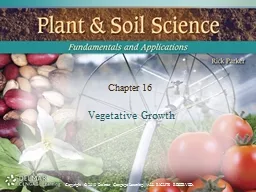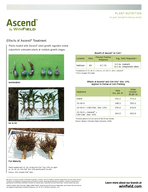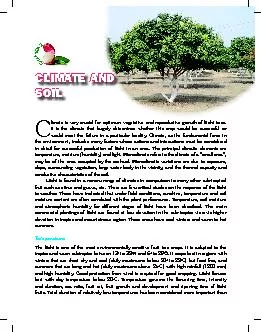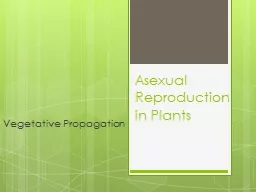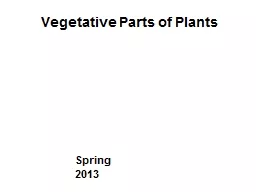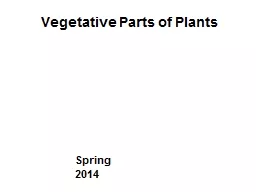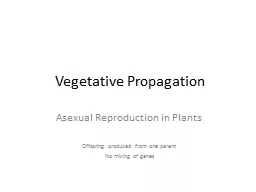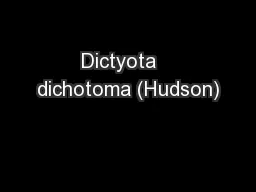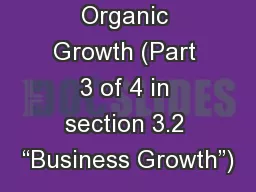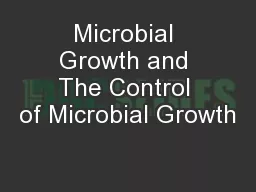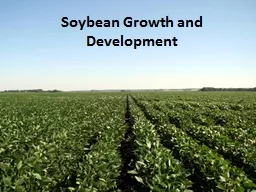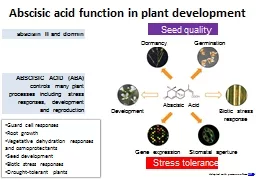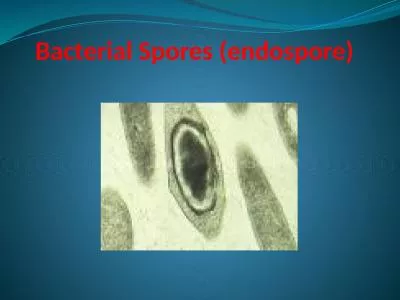PPT-Chapter 16 Vegetative Growth
Author : myesha-ticknor | Published Date : 2018-02-25
Plant Growth Irreversible increase in volume andor weight Occurs by increase in cell numbers and cell size Cell division and enlargement involves production
Presentation Embed Code
Download Presentation
Download Presentation The PPT/PDF document "Chapter 16 Vegetative Growth" is the property of its rightful owner. Permission is granted to download and print the materials on this website for personal, non-commercial use only, and to display it on your personal computer provided you do not modify the materials and that you retain all copyright notices contained in the materials. By downloading content from our website, you accept the terms of this agreement.
Chapter 16 Vegetative Growth: Transcript
Download Rules Of Document
"Chapter 16 Vegetative Growth"The content belongs to its owner. You may download and print it for personal use, without modification, and keep all copyright notices. By downloading, you agree to these terms.
Related Documents

